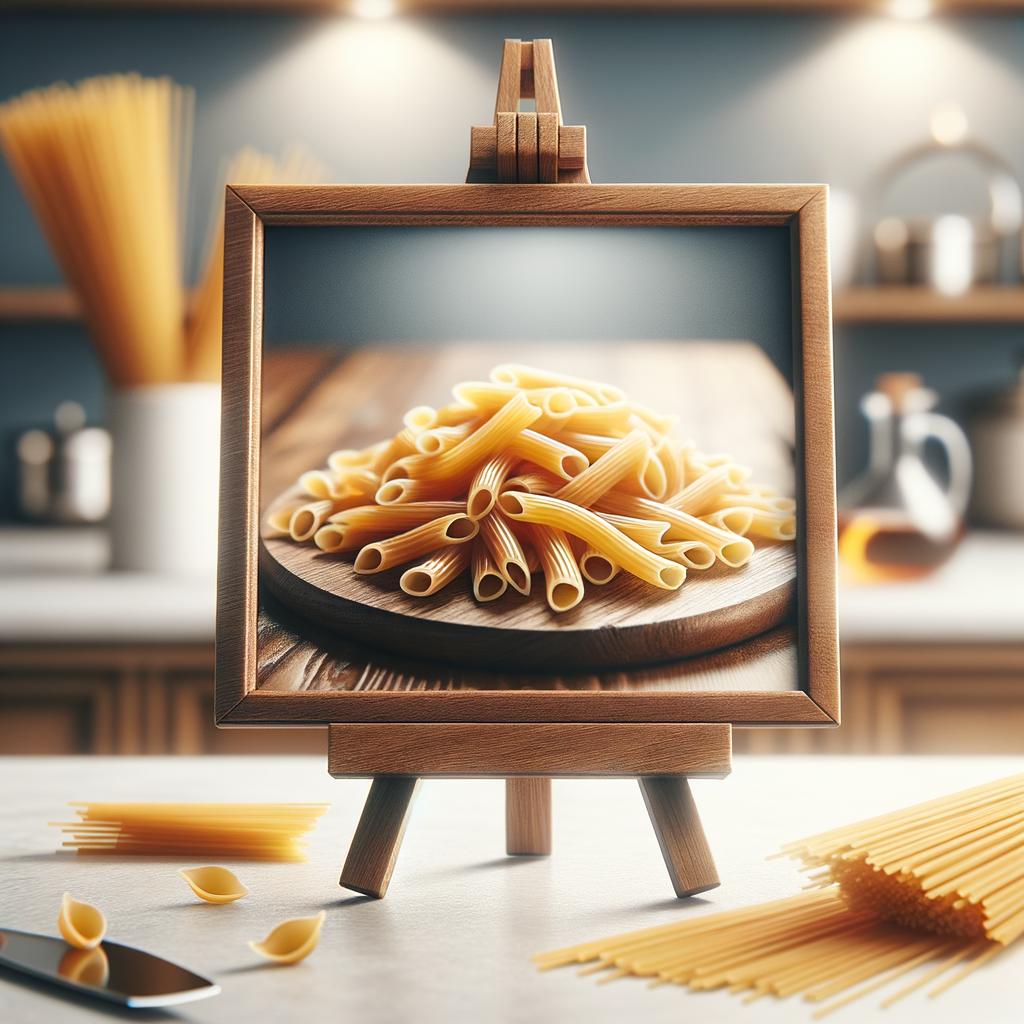Cooked Pasta

Description Pasta, a beloved staple of Italian cuisine, is a versatile ingredient that has found its way into countless kitchens around the globe. Made primarily from wheat flour and water, pasta comes in a multitude of shapes and sizes - from the slender strands of spaghetti to the tubular rigatoni and delicate farfalle. Once cooked, pasta takes on a soft yet firm texture that is a delight to the palate. Its flavor profile is subtle, providing a blank canvas that readily soaks up the flavors of sauces and other ingredients it is paired with. What sets pasta apart from other similar ingredients, such as rice or potatoes, is its incredible versatility and its unique ability to bind flavors together.
Primary Uses Pasta is commonly used in a wide array of dishes, from simple to gourmet. It serves as the base for many Italian classics like spaghetti Bolognese, fettuccine Alfredo, and lasagna. Beyond Italian cuisine, pasta is also a key component in many other global dishes, such as the Greek pastitsio or the Hungarian pasta with cottage cheese. In addition to its culinary uses, pasta has also been used in arts and crafts, and even in architectural design for its various shapes and forms.
History The history of pasta is as rich and varied as the dishes it graces. While it is often associated with Italy, pasta's origins can be traced back to ancient China. From there, it traveled along the Silk Road until it reached the Mediterranean. Over the centuries, pasta's popularity has only grown, with each culture adapting it to their local tastes and ingredients. One romantic tale suggests that Marco Polo introduced pasta to Italy after his travels in China, though this story is more myth than fact. Regardless of its true origins, pasta has become an integral part of culinary history.
Nutritional Information Pasta is a good source of carbohydrates, providing energy for the body and brain. It also contains protein, fiber, and several key vitamins and minerals, including B-vitamins and iron. Whole grain versions offer more fiber and nutrients than those made from refined flour. While pasta is often enjoyed in hearty portions, moderation is key to maintaining its health benefits. Compared to other staple foods like rice and potatoes, pasta tends to have a lower Glycemic Index, meaning it can help keep blood sugar levels steady. It's a delectable ingredient that, when paired with the right companions, can form part of a balanced, nutritious meal.

